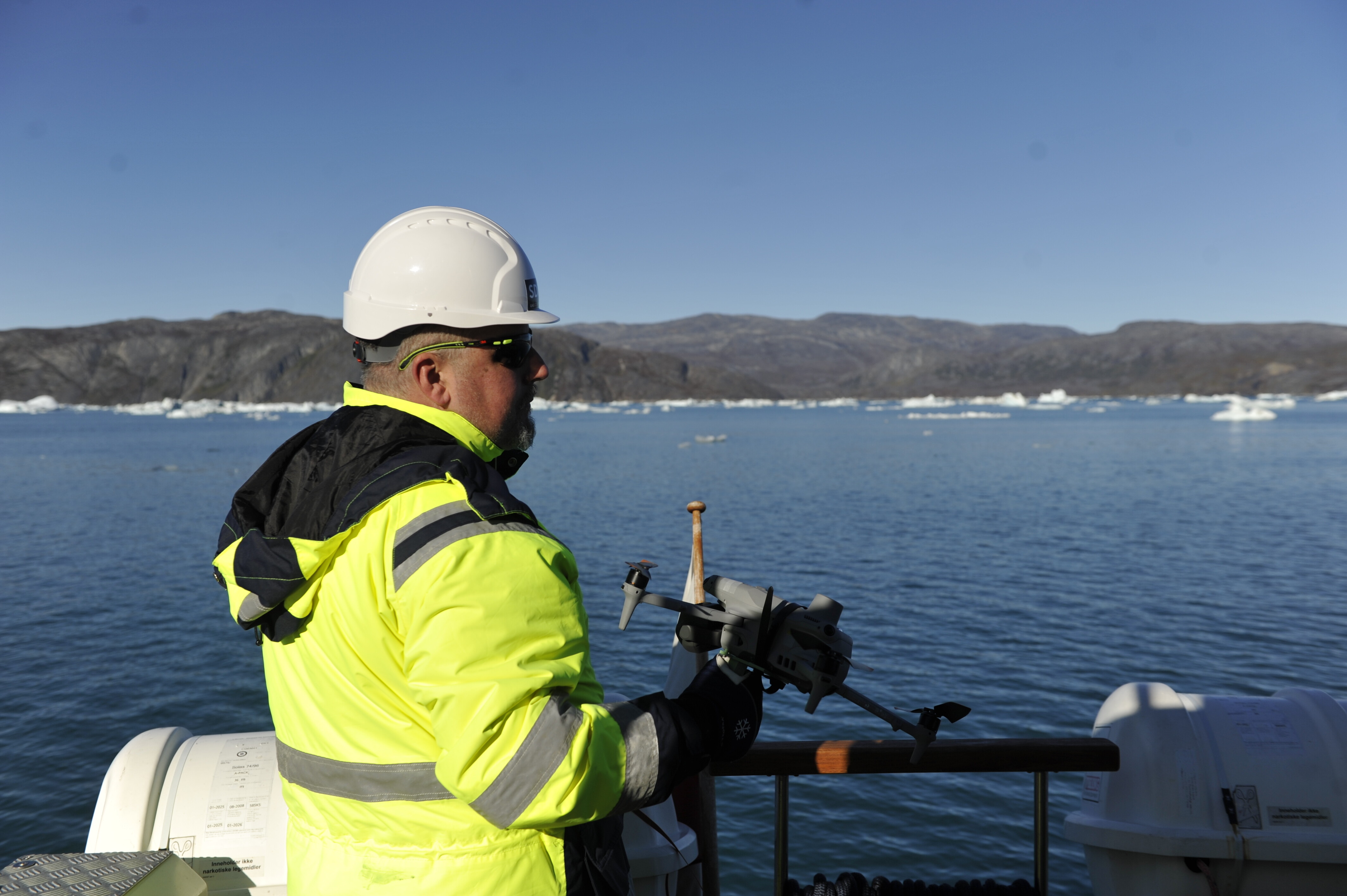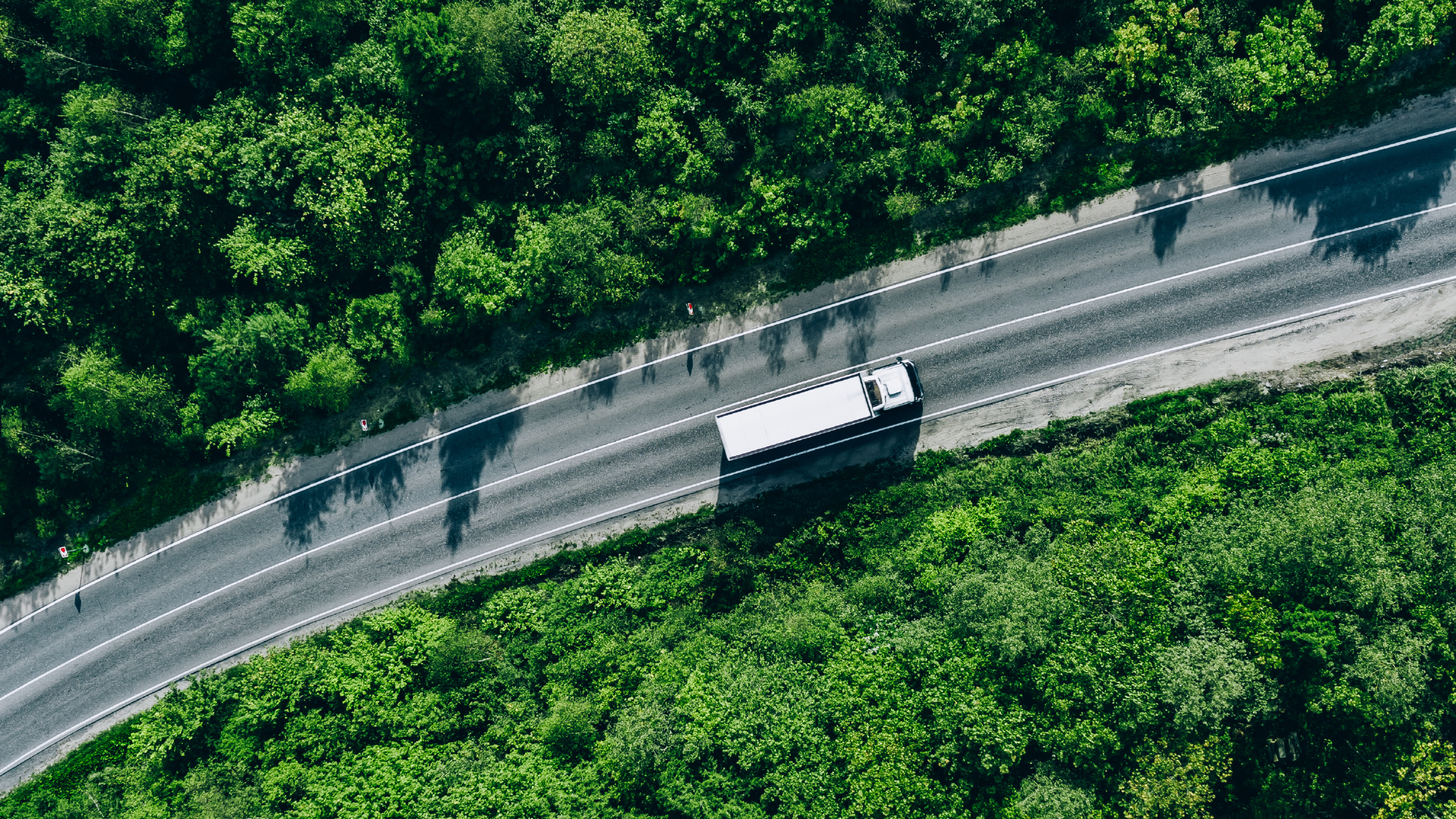Can technology save life on Earth?

Managing biodiversity is an important area of conservation where technology could also play a key role. Image: REUTERS/Naomi Tajitsu
Biological diversity is the “infrastructure” that supports life on our planet: the air we breathe, the food we eat and the water we drink are only possible as long as we have healthy biodiversity – rich species and ecosystem diversity. Yet, this essential human lifeline is severely threatened.
The latest data shows that we are on the brink of crossing ecological boundaries and reaching tipping points in climate and ecosystems that might lead to an acceleration of planetary destabilization. The World Economic Forum’s 2018 Global Risk Report lists ecological collapse and biodiversity loss among the top 10 risks in terms of impact.
For centuries, we have misused our natural infrastructure, modifying 40% of the Earth’s surface with catastrophic effects. Even though we represent just 0.01% of all life on the planet, our impact on our ecosystems has caused the loss of half of the world’s plants and 83% of all wild mammals. When we lose species through extinction, the web of life is destroyed. This, in turn, affects the resilience of the ecosystems and nature’s capacity to provide the services that humans need, and the serene, recharging moments we enjoy in nature.
The need for urgent action to protect biodiversity – to shift to new, sustainable ways of production and consumption and reorient economic development pathways towards an “economy within ecological boundaries” - has been gaining global recognition. At the same time, technological advancements are evolving at incredible speed and scale. Can then the Fourth Industrial Revolution help mitigate and reverse the Anthropocene’s effects?
Yes. And no.
Yes
Value is not intrinsic but contextual: it is the functionality and intentionality that we attach to things what ultimately shapes their value. While a development-fueled quest for increasing standards of living, by an ever-growing human population, has been driving biodiversity loss, we could shift this quest to also serve as a source of mitigation – provided we harness the technological innovations that drive economic development to avert biodiversity destruction.
Technologies driving the Fourth Industrial Revolution include tools such as artificial intelligence, machine learning, advancements in quantum computing, encoding data into DNA, virtual reality, biotechnology, and new materials. When it comes to biodiversity, there are areas – such as land use, including for food production, conservation, restoration, as well as governance, communications, and community engagement – where these new technologies could help.
For example, in urban areas, vertical gardening could provide a shift in production and sourcing methods. In the future, AeroFarms – which germinates seeds in the air with a mist of nutrients – has the potential to transform the way people in cities procure and consume food. When we look at technological innovations that could affect data on the supply chain, blockchain emerges as a promising tool to trace the entire sourcing and supply chain.
New technologies could provide valuable support to conservation: hyperspectral imagery of landscapes, for example, could provide detailed information on a host of chemical and geological parameters and biological processes in both terrestrial and aquatic systems, with significant progress made in imaging techniques, data analysis, and modes of deployment. This type of remote sensing could help conservation biologists maintain healthy habitats and protect the life they harbor, while offering the possibility of rapid alert systems for failing food webs or trophic systems, as well as for excessive human interference.
Managing biodiversity is an important area of conservation where technology could also play a key role, and has become a priority in many countries around the world. Satellite tracking technology is an effective tool for analyzing and visualizing data on species with inaccessible environments, in order to identify areas where conservation practices are needed. New technologies are increasingly improving research on migration, human-wildlife conflict, relocation and re-introduction of species, and predator-prey interactions. Technology could also be applied to strategically assess biodiversity hotspots where human interference should be limited.
Technologies also have the potential to transform the way we approach ecosystem restoration. Some companies have started to use drones to determine what species are needed and where, and then use that data to reforest, replant, and restore. Bioremediation techniques—e.g. the use of plants and microbes to extract metal contaminants—have advanced to an extent that allows us to use natural processes to help “re-wild” damaged habitats. Research shows that even the most damaged landscapes can recover if human activities are limited: for example, the area surrounding Chernobyl, Ukraine, has recovered remarkably following the nuclear disaster in 1986, with native fauna taking advantage of the absence of human activities to re-wild the exclusion zone.
Natural technologies are readily available, affordable, and scalable. Some countries are already harnessing opportunities to fuse natural infrastructure with technology, for example, to build infrastructure to enhance the adaptive capacity, strengthen resilience, and reduce vulnerabilities to climate change. In China, cities are being built as ‘sponges’, with two cities, in particular, investing over a billion dollars in natural infrastructure for flood control, water conservation and quality, and natural ecosystem protection. As a result, these cities have proven to be more resilient to typhoons and heavy storms. Increasingly, nature is also gaining support as the original carbon-capture technology, with the potential to be one third of the global climate solution by 2030.
The Fourth Industrial Revolution could also be harnessed for improving communications. Satellite and geo-tagged data can serve as critical mechanisms to provide a more holistic picture of nature, its pressures and trends. The application of global data layers such, as those from the Global Forest Watch, on deforestation over time, with additional datasets such as on infrastructure development over time, and trade in commodities over time, could help produce compelling stories about our impact on natural ecosystems. Stories are essential to raise awareness among the general public, decision makers, and the financial and the private sectors. They help engagement with different actors, inspiring them to align goals, actions and resources in order to reconnect with nature; shift unsustainable practices and lifestyle choices; and promote the use of natural technological solutions.
Another key area where technology can support the safeguarding of life on the planet is community participation. Technologies bring the possibility to engage not only amateurs and professionals, but also often overlooked communities when it comes to conservation, such as indigenous peoples, local communities, and tourists. As example, an Australian startup created an app, Crosschecker, which allows everyone – from local communities to tourists – to perform a search on any property, returning all flora and fauna in relation to the site, with matching descriptions and pictures. The app brings together information from various technologies, it cross references it with policies, legislation and compliance information, and then presents it in one easily accessible place, to inform the user of protected plant life and thus enable protection of the site’s natural heritage.
No
New technologies come with a range of associated risks and opportunities, and can be used for good or for worse. Technology can be used to restore biodiversity as well as to destroy it, either intentional (e.g. resource extraction) or unintentional, through its unmanaged effects (e.g. some types of genetic engineering). Thus awareness and responsibility are key when designing and utilizing any type of technology. First, awareness that the Earth is one system of interconnected elements, and that man-made technologies are embedded in the larger natural system of the planet, and not the other way around; and second, human responsibility for maintaining the health of this fragile web of life of which we are only a part.
In order to help safeguard life on our planet, technologies will need to understand and learn from nature and align that learning with society’s needs. Applied research and adaptive management are requirements to integrate the knowledge of ecosystems in technological design (e.g. biomimicry).
New technologies can aid nature and humanity only if their producers and consumers carefully assess the impacts, costs and benefits, as well as options to internalize externalities. In this context, risk mitigation measures, as well as proper waste minimization, would be required among others.
And technology can truly support us if it is the product of a systems approach to innovation that involves all relevant sectors and stakeholders – in order for all to benefit - from governments, civil society, academia, and businesses, to the indigenous peoples and local communities who are the primary custodians of the natural ecosystems that support life on Earth.
Traditional knowledge is crucial to innovation, including technological innovation: indigenous peoples have sustained us for generations through the knowledge that they acquired through millennia of interactions with their ecosystems and their lands. Thus we need to work together and co-create solutions not only for our survival, but for our equitable thriving on our planet.
Furthermore, even if technology carefully assessed and mitigated all its risks, it does not operate in a vacuum thus by no means it would be a silver bullet. Poachers, for example, are not deterred by smartphone applications, and data and tools by themselves will not save humanity from self-induced ecosystem collapse.
We must thus increase the global pool of data collectors and, at the same time, mobilize broad-based engagement to use the data generated to make informed decisions. We also have to make interdisciplinary approaches the new norm in developing solutions to existent and future challenges – from biologists to engineers, entrepreneurs, doctors, mathematicians, architects, and government officials, we all need to work together in designing technological solutions to preserve the health of our planet. And from regulators to producers and consumers of technology, we all need to get in the driver’s seat of the Fourth Industrial Revolution: Earth is our collective home thus our collective responsibility.
From “No” to Generations of “Yes”
Nature's connection to people is on the rise. A promising example arrived on 1 August, with Danish toymaker LEGO launching their first sustainable building bricks, made of sugarcane plastic and shaped like plants. LEGO plans by 2030 to manufacture most of its products and packaging using environmentally friendly materials or recycled sources. Our future generations will need to be exposed to more environmentally-sustainable practices, following LEGO’s footsteps, and others that are creating technological developments, respecting the natural infrastructure that sustains life on our planet.
We must ensure that the technological revolution is human-led and earth-centered.
And we must stop seeing biodiversity as a victim to be saved by technology and start seeing it for what it really is: our most valuable resource – one that nurtures, inspires, heals, and accompanies us throughout our lifetime and across generations.
Can technology save life on Earth? Only in partnership with biodiversity.
The process to shape a new Global Deal for Nature in 2020 in Beijing, through the UN Biodiversity Convention, provides the opportunity to build that necessary partnership between technology and biodiversity.
This article is part of the World Economic Forum’s Fourth Industrial Revolution for the Earth series, which explores how innovative technologies are beginning to transform the way we manage natural resources and address climate change and other environmental challenges caused by industrialization.
Don't miss any update on this topic
Create a free account and access your personalized content collection with our latest publications and analyses.
License and Republishing
World Economic Forum articles may be republished in accordance with the Creative Commons Attribution-NonCommercial-NoDerivatives 4.0 International Public License, and in accordance with our Terms of Use.
The views expressed in this article are those of the author alone and not the World Economic Forum.
Stay up to date:
Climate Crisis
Forum Stories newsletter
Bringing you weekly curated insights and analysis on the global issues that matter.
More on Climate Action and Waste Reduction See all
Noelia Garcia Nebra
November 18, 2025








